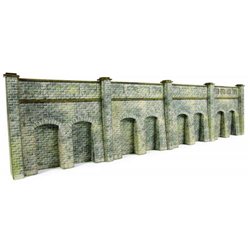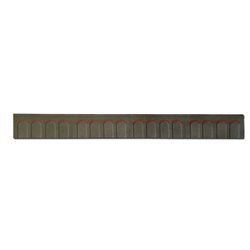There are a number of different options for attaching figures such as a horse and rider to a layout. Perhaps the...
No products
Product successfully added to your shopping cart
There are 0 items in your cart. There is 1 item in your cart.
Search Tips
Where would I use a retaining wall on a layout?
Retaining walls are used to stop the soil from a slope falling under gravity where they could block railway tracks, roads or other infrastructure. They can be used in a variety of ways on a model railway layout to add visual interest and realism. Here are a few common scenarios where retaining walls might be used:
Sloping Terrain: If your layout includes hills or sloping terrain, retaining walls can be used to hold back the earth and prevent erosion. This can help to create a more realistic and varied landscape.
Elevated Tracks: In some cases, model railway tracks may be elevated above the surrounding terrain or buildings. Retaining walls can be used to support the tracks and prevent soil and debris from falling onto the tracks or nearby areas.
Urban Scenes: Retaining walls can be used to create a realistic urban environment, such as along the edge of a road or railway line. This can help to create a sense of depth and dimension on the layout.
Industrial Scenes: In industrial scenes, retaining walls can be used to create loading areas or to hold back materials such as coal or ore. This can add realism to a layout and make it look more like a working industrial site.
Ultimately, the use of retaining walls will depend on the individual layout and the desired effect. They can be used in a variety of ways to add interest and realism to a model railway layout and can be customized to fit the specific requirements of the scene.
Click here to receive the tips weekly in your mailbox. You can unsubscribe at any time.










